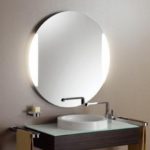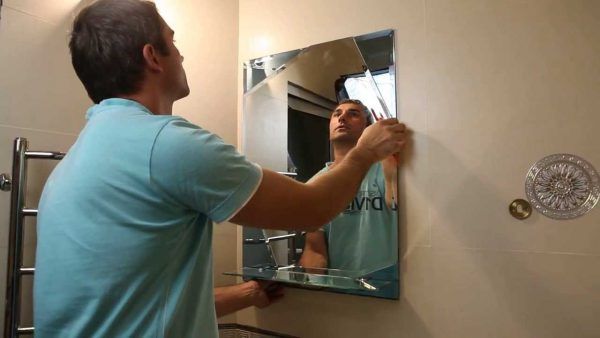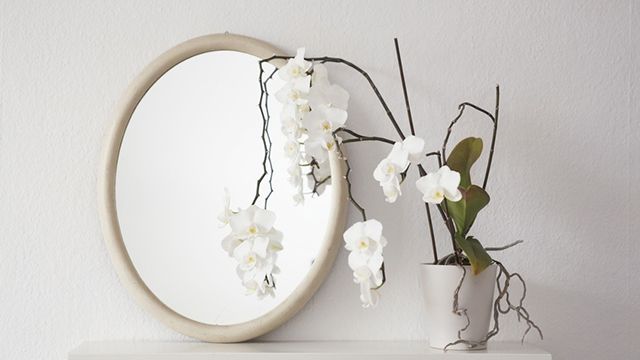How did mirrors appear?
 For the first time, people saw their reflection in the surface of the water - the surface of the lake, the puddles left after the rain and were a kind of mirrors. Our ancestors did not immediately realize that the image they saw was themselves. Despite the fact that a mirror seems to be an ordinary object made today from glass with a reflective coating applied to it, many mystical stories and legends are associated with it. So, where did this attribute first appear and what did it look like?
For the first time, people saw their reflection in the surface of the water - the surface of the lake, the puddles left after the rain and were a kind of mirrors. Our ancestors did not immediately realize that the image they saw was themselves. Despite the fact that a mirror seems to be an ordinary object made today from glass with a reflective coating applied to it, many mystical stories and legends are associated with it. So, where did this attribute first appear and what did it look like?
The content of the article
How mirrors appeared in Ancient Egypt, Greece and Rome
In Ancient Egypt, mirrors appeared in the third century BC. They bore little resemblance to a modern accessory and consisted of a polished surface, for example, black marble. Later bronze, silver and gold appeared. Their shape remained round. This object was surrounded by a magical aura. He was identified with the sun and moon.

In Ancient Greece, the appearance of mirrors is usually attributed to around the fifth century BC, since there are no earlier mentions of them. The reverse side was decorated with engravings with various images. Among the Greeks it served as a divine attribute.
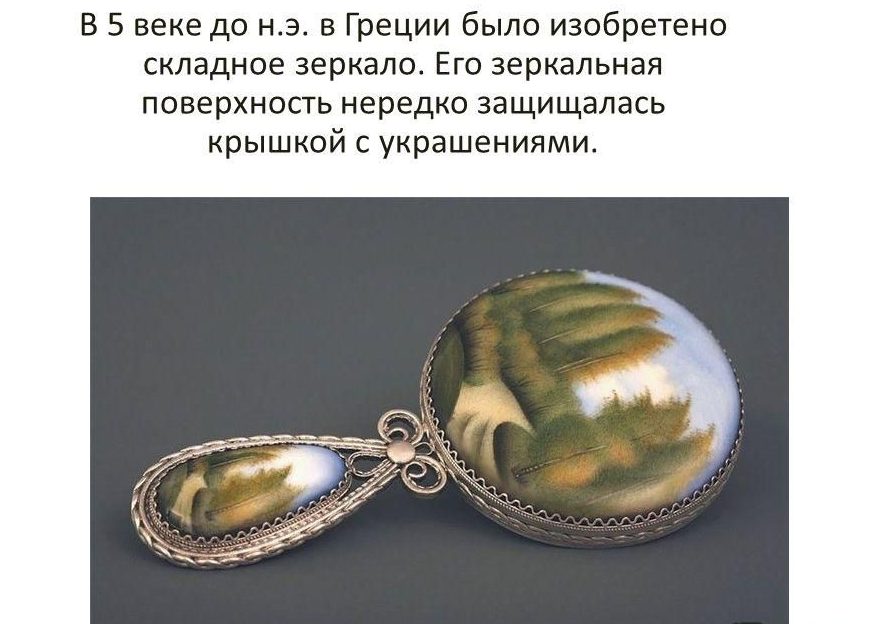
In Ancient Rome, the very first reflective surface was polished bronze.Such items were decorated with various patterns and precious stones. The Romans were the first to change their round shape. As a result, pocket accessories and large, full-length ones appeared, which began to be mounted on the wall. Tabletop products with a stand also appeared.
How did glass mirrors come about?
The glass mirror appeared in Holland in the first century AD. The glass plates were connected using a lead or tin spacer. This manufacturing method made it possible to see one’s reflection more clearly, but there were still slight distortions.
REFERENCE! A little later they began to use a different manufacturing method. It consisted of pouring hot tin into a glass container and, after cooling, splitting it into pieces.
Improving the method of making mirrors in Venice
Three hundred years later, craftsmen from Venice began to immediately attach tin to the flat surface of glass. Venice soon became the main producer of such mirrors. Local craftsmen created a reflective mixture with the addition of gold and bronze, which made the reflection free of flaws. It was more beautiful than the real person.
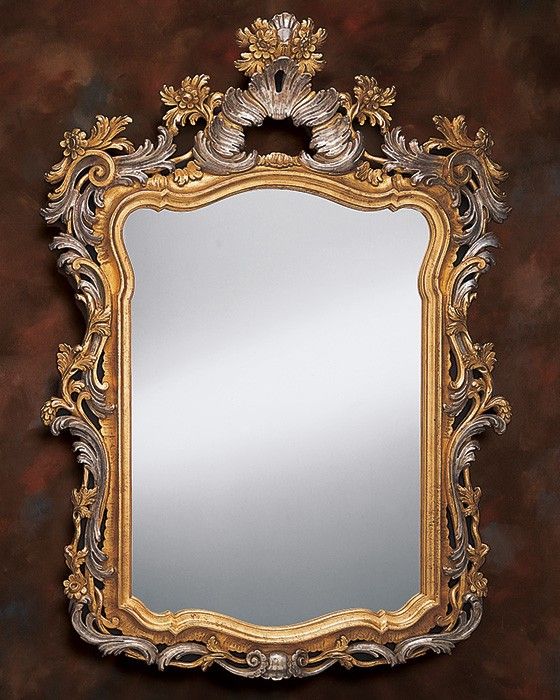
Later, the glass there began to be coated with silver, which made it possible to achieve a clear and distinct reflection. Entire mirrored cabinets appeared in the palaces of rich people. They served as a sign of wealth and were expensive.
When did mirrors appear in Rus'?
In Rus', the mirror was not recognized for a very long time and people were afraid of it. It was considered an “overseas sin”; it was forbidden to hang it in the house until the end of the 17th century. The attribute was used for fortune telling and various conspiracies. Many superstitions were associated with him.
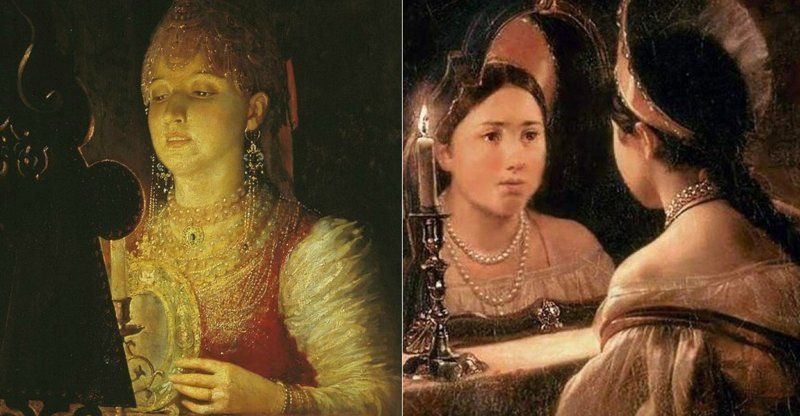
It was only after Peter I came to power that the mirror craft was born in Rus'. The products were produced in very large sizes.Later they began to be decorated with a patterned border, and they were used to decorate the walls. Basically, this accessory served as home decoration.
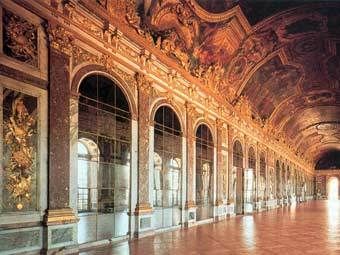
During the Rococo period, entire mirrored rooms and galleries were built. In the era of classicism, the accessory was used to decorate grand staircases and huge halls. In the 20th century, this item ceased to be an attribute of luxury and decoration and became an ordinary household item.
Mysticism and mirrors
Since ancient times, a mirror has been considered a mystical object with magical properties. There are still many superstitions associated with it. It is believed that if it is broken, a misfortune will soon occur. It is also used in various fortune telling to see the future and change fate. The mirror surface is a portal to the other world, which is why they are covered when a person dies. It is believed that the soul of the deceased can linger in it.
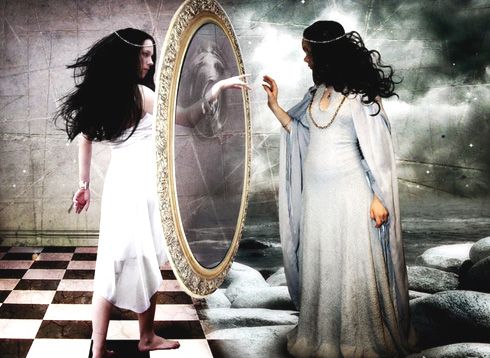
REFERENCE! Mirrors perfectly preserve the energy of the person looking at them. They can be emitters of both positive and negative energy. Therefore, you should not see your reflection in a bad mood. And vice versa, by smiling at your reflection, you can recharge yourself positively for the whole day.
You should choose a location for this interior element knowing a few rules:
- you cannot hang it opposite the bed and the front door;
- it should not reflect ugly objects in the house (garbage, toilet, dirty laundry, etc.);
- reflection of beautiful objects promises an increase in cash flow;
- the accessory can be hung in the kitchen in such a way that it reflects the dining table with food (it is believed that food will attract abundance into the house).
Mirror today
Today, the mirror has various options in shape, size and color. It is used in almost all areas of life.It serves as an integral part in creating the overall interior of the room. Designers use it to visually increase space, adjust and enhance perception.
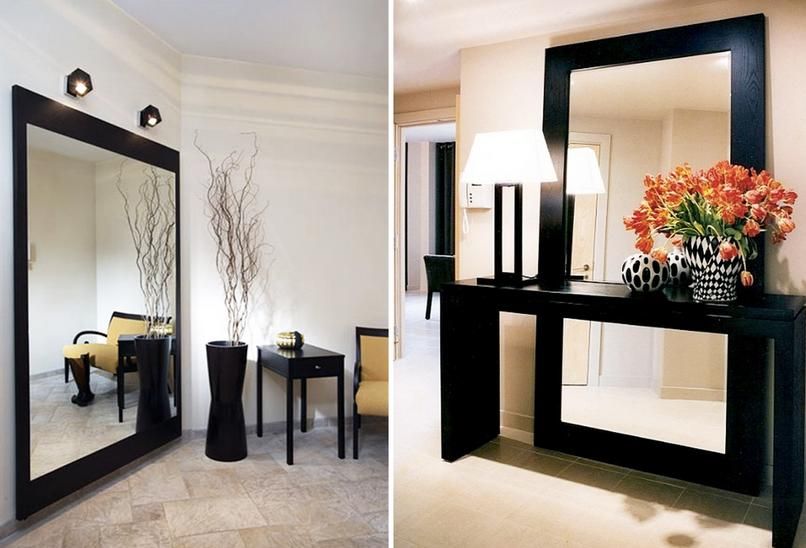
Concave mirrors are used in medicine. They are used by otolaryngologists, dentists, and ophthalmologists. They are used in medical instruments and devices.
The military uses various devices with complex optical designs in which the mirror surface is the main element. Using reflective properties, solar energy is collected, thanks to which you can cook food, warm water and even increase crops.
In the 21st century, mirrors are made in huge factories using technology. They have three layers:
- Silver coated glass.
- Copper layer (protects from moisture and mechanical stress).
- Polymer coating.
The history of mirrors is undoubtedly interesting. Everyone needs to take it into account and be guided by certain aspects in their daily life. In addition, it is important to understand the value of aesthetic perception of one’s own reflection.



